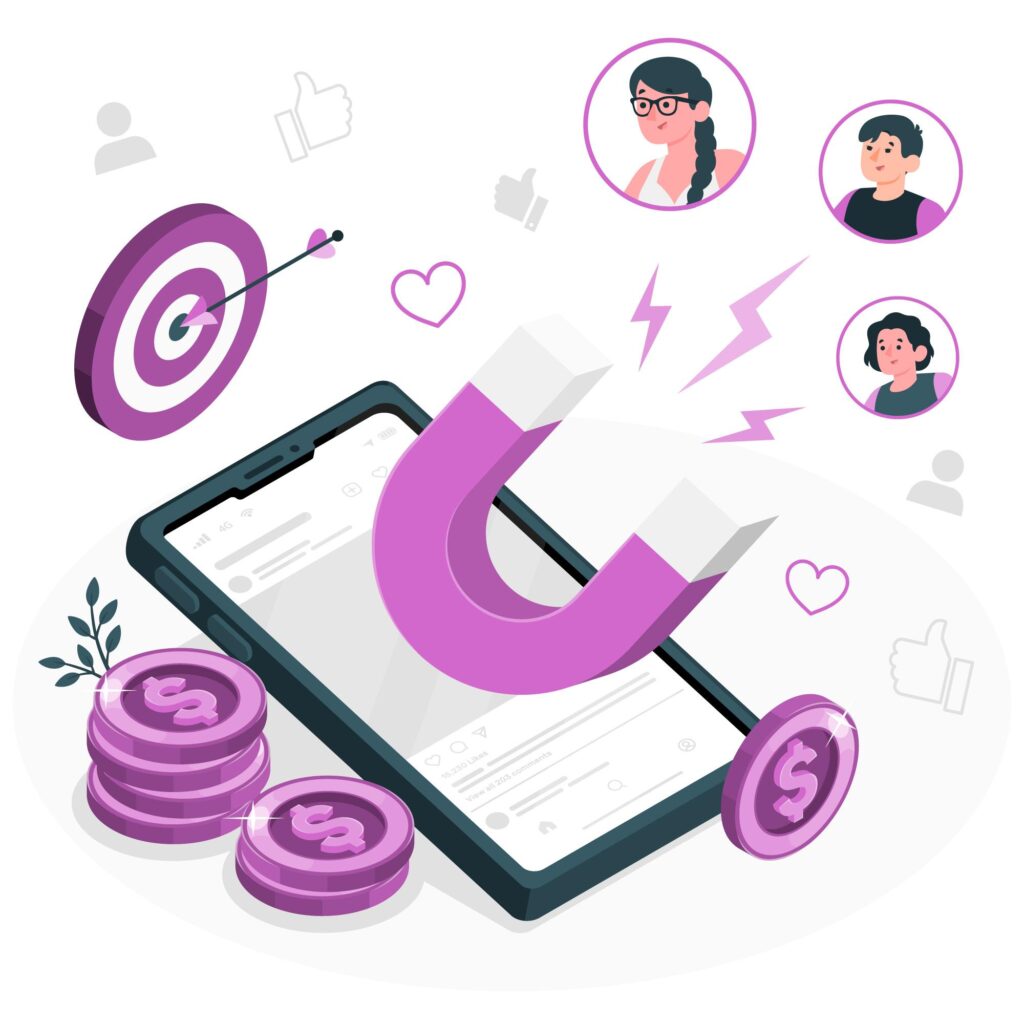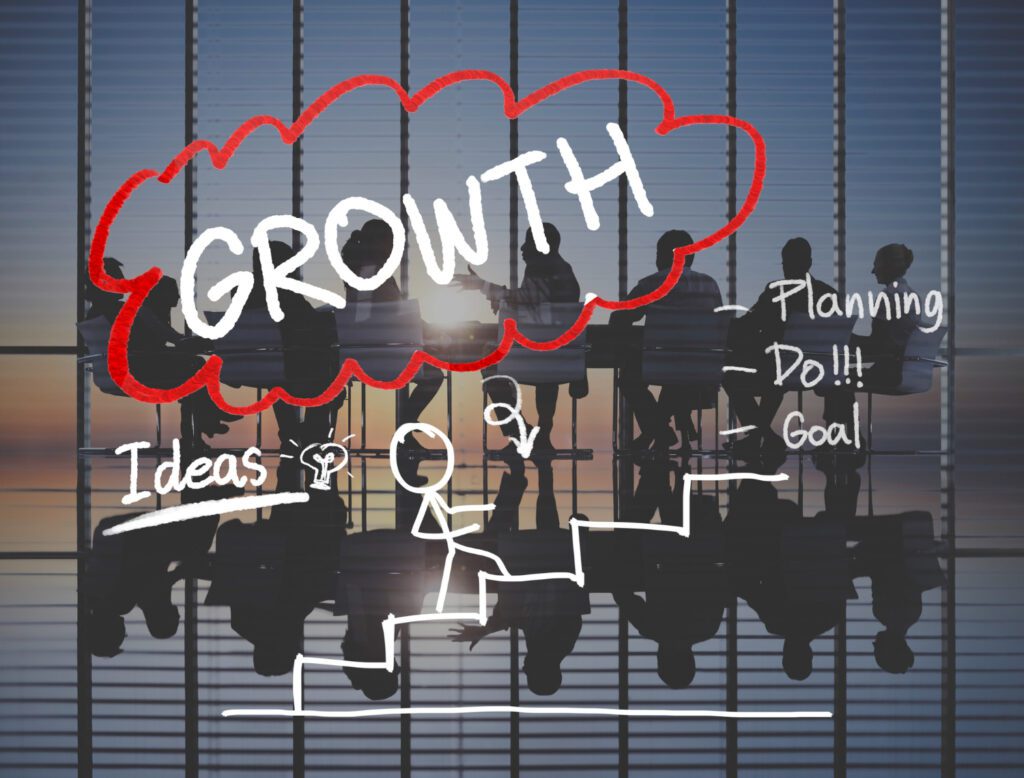In the fast-evolving world of B2B marketing, staying ahead of demand generation trends is critical for growth. Businesses must constantly refine their approaches to drive interest, capture leads, and ultimately convert potential clients. With rapid technological advancements and a changing buyer landscape, the future of B2B demand generation promises exciting opportunities. This article dives into current trends, projected changes, and actionable insights to help businesses adapt their demand generation strategies for long-term success.
1. What is B2B Demand Generation?
B2B demand generation is a comprehensive approach focused on creating awareness and interest around a business’s offerings. Unlike B2C demand generation, which often emphasizes volume and quick conversions, B2B demand generation targets niche audiences, prioritizes long-term relationship building, and deals with complex buying processes.
In B2B, demand generation is not solely about gaining new customers but nurturing potential leads through each stage of the buyer’s journey. This involves a blend of tactics, from content marketing and social media outreach to email campaigns and event-driven engagements. Today, understanding the trends shaping B2B demand generation is vital for businesses aiming to stay competitive and resilient.
2. Current Trends in B2B Demand Generation
Demand generation in 2024 is characterized by personalization, data-driven insights, and an omnichannel approach. Businesses use these tools to connect more meaningfully with prospects and improve lead quality.
Some top strategies include:
- Content Marketing: Offering valuable content tailored to specific pain points.
- Social Media Engagement: Engaging with prospects across LinkedIn, Twitter, and other platforms.
- Email Nurturing: Personalized email campaigns to guide leads through the sales funnel.
As we explore future trends, these foundational tactics are expected to evolve to better address the complexities of B2B buyer behaviors.
3. Trend #1: Hyper-Personalization and Customized Content
As data collection and analysis become more advanced, hyper-personalization is taking center stage. Companies increasingly rely on data analytics, AI, and machine learning to deliver highly personalized experiences. By understanding buyer behavior, demographics, and purchase intent, businesses can create tailored content that resonates deeply with each segment.
For example, leveraging buyer personas allows for targeted content creation. Rather than generalized messaging, B2B marketers can focus on individual pain points, offering solutions that align with each lead’s unique needs. As hyper-personalization technology continues to evolve, businesses should prepare to invest in data tools that allow for real-time personalization at scale.
4. Trend #2: The Rise of Artificial Intelligence (AI) and Automation
AI is transforming B2B demand generation through tools that streamline repetitive tasks, improve customer insights, and optimize lead management. AI-powered applications such as chatbots, predictive analytics, and automated workflows help marketing teams engage with prospects more efficiently.
Key AI applications in B2B demand generation:
- Lead Scoring: AI algorithms can rank leads based on intent and potential value.
- Content Recommendation Engines: Suggests tailored content based on past interactions.
- Chatbots: Provide instant responses and personalized engagement on websites and social media.
Future demand generation efforts will likely integrate even more advanced AI tools, allowing companies to forecast trends, anticipate buyer needs, and proactively engage with potential leads.
5. Trend #3: Account-Based Marketing (ABM) Synergy with Demand Generation
Account-Based Marketing (ABM) is quickly becoming a core component of B2B demand generation strategies. ABM prioritizes high-value accounts and customizes outreach to match the needs of specific companies or decision-makers. By aligning ABM with demand generation, B2B marketers can create a more cohesive strategy that attracts and nurtures qualified leads.
ABM and demand generation synergy involves:
- Customized Campaigns: Targeted efforts focused on high-value accounts.
- Cross-Department Collaboration: Aligning marketing and sales teams to create consistent messaging.
- Enhanced ROI: With focused outreach, ABM ensures resources are spent on prospects most likely to convert.
6. Trend #4: Data Privacy and Ethical Marketing
With the rise of data privacy regulations such as GDPR and CCPA, businesses face growing pressure to prioritize transparency and ethical data handling. Future B2B demand generation strategies must balance data-driven insights with compliance and trust.
Best practices for ethical demand generation:
- Data Transparency: Clearly communicate how data is collected and used.
- Permission-Based Marketing: Gain explicit consent before reaching out.
- Secure Data Storage: Implement strong security measures to protect customer data.
As data privacy continues to be a concern, businesses prioritizing ethics in demand generation will foster stronger, trust-based relationships with prospects.
7. Trend #5: Integrating Video and Interactive Content
Video is a powerful tool for B2B demand generation, allowing companies to showcase their products, share client success stories, and create engaging content that draws in prospects. The popularity of interactive content, such as webinars, live demos, and interactive infographics, is also on the rise, providing immersive experiences that encourage lead engagement.
Future uses of video and interactive content:
- Product Demos: Virtual product walkthroughs and demos to educate prospects.
- Customer Success Stories: Using video to highlight successful partnerships.
- Webinars: Offering interactive Q&A sessions to engage leads in real time.
The future of B2B demand generation will see greater investment in interactive formats to capture attention, demonstrate value, and accelerate the lead nurturing process.
8. Trend #6: Real-Time Engagement and Conversational Marketing
In today’s digital world, B2B buyers expect fast responses and on-demand information. Conversational marketing tools, like chatbots and messaging apps, support demand generation by facilitating real-time interactions. This trend allows companies to engage with prospects directly, provide immediate answers, and boost lead satisfaction.
Conversational marketing in demand generation:
- AI Chatbots: Address initial inquiries and route leads to sales teams.
- Messaging Apps: Allow real-time interaction with high-intent prospects.
- Instant Feedback: Capture visitor data and answer queries for improved lead qualification.
As demand for instant support grows, real-time engagement tools will be integral to future B2B demand generation strategies.
9. Trend #7: Sustainable and Values-Driven Marketing
Modern B2B buyers increasingly seek partnerships with companies that reflect their values, such as sustainability and social responsibility. In response, brands are adopting values-driven marketing to connect with audiences on deeper, more meaningful levels.
Key values-driven marketing strategies:
- Transparency: Being open about sourcing, sustainability, and ethical practices.
- Social Responsibility Campaigns: Aligning with causes important to the target audience.
- Sustainable Content Marketing: Focusing on long-term goals and positive societal impact.
Values-driven marketing not only enhances brand loyalty but also serves as a powerful demand generation tool in an increasingly purpose-driven business landscape.
10. Actionable Strategies to Stay Ahead in B2B Demand Generation
With these trends in mind, here are actionable tips for refining your B2B demand generation strategy:
- Invest in Technology: AI, data analytics, and marketing automation tools to enhance personalization.
- Prioritize Data Management: Ensure data is accurate, compliant, and leveraged effectively.
- Create Interactive Content: Incorporate video, webinars, and real-time engagements.
- Align with Sales: Collaborate closely to ensure a seamless lead handoff and conversion process.
By continuously evaluating demand generation strategies and adopting innovations, businesses can stay ahead of the curve and capture high-quality leads effectively.
Conclusion: Preparing for the Future of B2B Demand Generation
As B2B demand generation evolves, businesses must adapt to new trends to remain competitive and relevant. From hyper-personalization to AI-powered insights, each trend offers unique opportunities to attract, nurture, and convert leads. By focusing on these advancements and building a flexible, future-proof demand generation strategy, B2B companies can set themselves up for success in an ever-changing market.
Embrace these trends, remain agile, and invest in technology and values that resonate with modern buyers. By doing so, your business will be well-prepared to navigate the future of B2B demand generation with confidence.



